The application discovered by AppleInsider this week, entitled "Disappearing Button or Slider," describes a capacitive touch input on the metal frame of a device. The input appears invisible to the user because it would be made of the same material as the housing it is contained in. The use of "invisible" backlit holes could make the input selectively visible or invisible for the user.
One illustration included with the application shows an iPod-like control wheel located to the left of the notebook's trackpad. Such controls could be displayed with the touch of a finger, and then disappear when they are not in use — such as when a user's wrist is resting in that area for typing on the keyboard.
It also suggests that the invention could be used as an external button or simply a display for a MacBook Pro when its lid is closed. The application describes an external shell that could indicate battery strength or Wi-Fi signal.
The technology could even be used to replace the trackpad on a notebook, instead allowing the onscreen cursor to be controlled from a touch panel that is flush with the body of the aluminum MacBook Pro.
The application notes that while the iPhone has a flat, touchscreen surface using capacitive sensing, its glass display would not allow for a seamless look on the aluminum casing of a MacBook Pro. In addition, most capacitive touch inputs have either plastic, rubber or glass tracking surfaces. A glass surface in particular may not be ideal for a notebook as it could be too fragile.
"Taken to its extreme, seamless design would have an invisible input," the application reads. "Since a metal housing is advantageous for aesthetic, environmental, and manufacturing reasons, this presents a particular challenge. One method to overcome this challenge is to include a plastic input painted to look like metal. However, this will not match the metal look and finish exactly, so the truly seamless design is not realized."
Apple's described solution would have a capacitor underneath an aluminum surface with invisible holes. A light could shine through those holes when the input device has been activated, allowing users to see the controls as they touch them.
The light would travel through micro-perforated holes, referred to as "invisible holes" in the application, which are invisible to the naked eye, but allow light to travel through. But when the light is off, the interface is not visible.
The input could be automatically enabled whenever the electronic device is on, as a function of the device's operating state (such as opening a media player like iTunes), in low-lighting conditions, or when motion is detected near the device.
External invisible could allow users to accomplish tasks without opening their MacBook Pro. The application describes buttons that could wake up an external monitor, sync an iPod or iPhone with the computer, install software, or shut down the computer, all while the lid is closed.
 Neil Hughes
Neil Hughes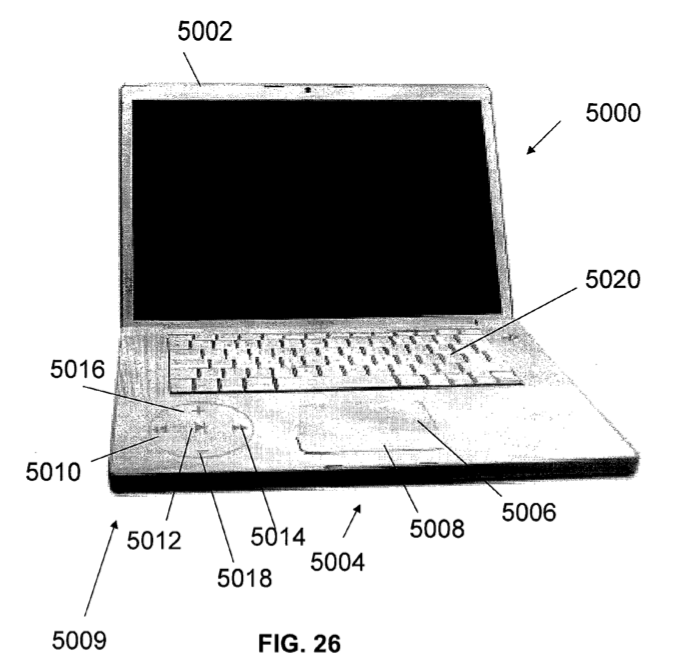
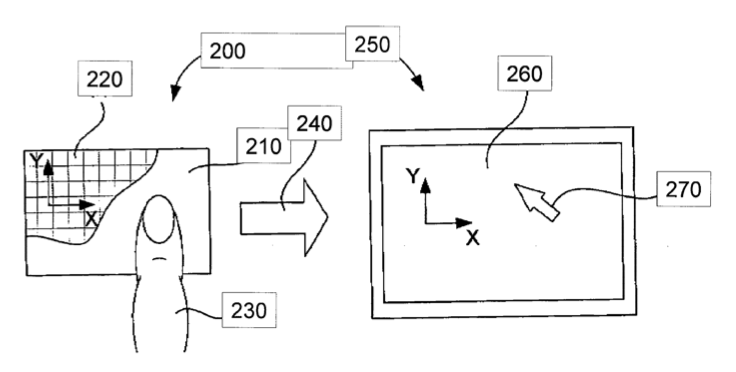
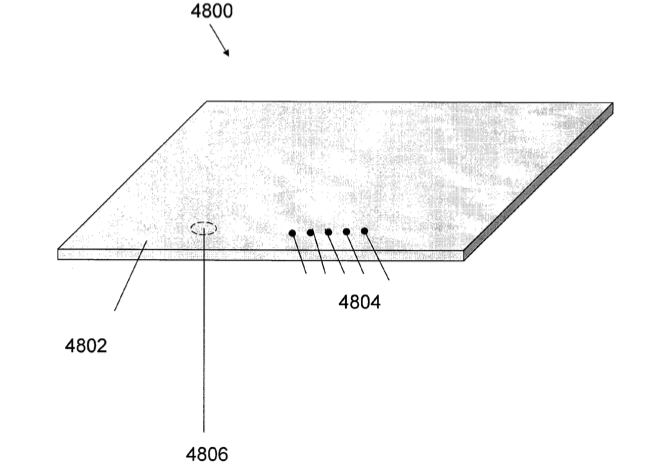







-m.jpg)





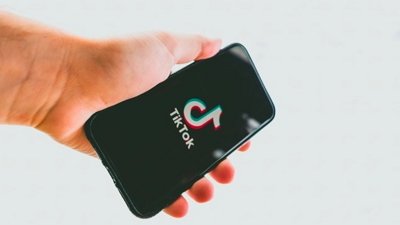
 Amber Neely
Amber Neely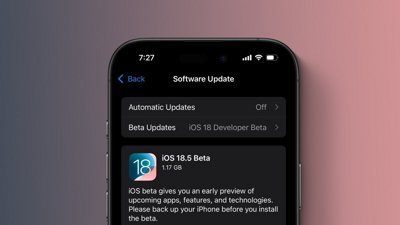
 Marko Zivkovic
Marko Zivkovic
 Malcolm Owen
Malcolm Owen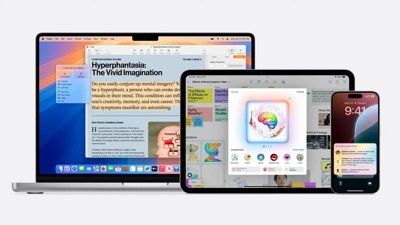

 William Gallagher
William Gallagher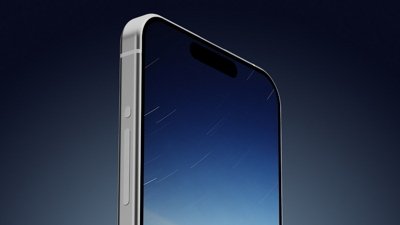
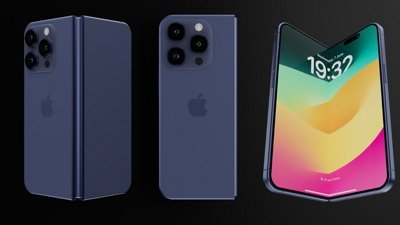

 Andrew Orr
Andrew Orr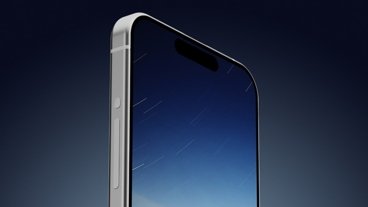
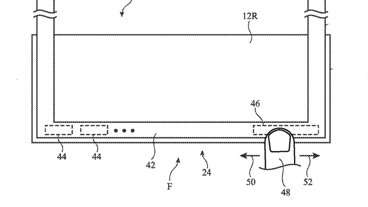







32 Comments
When was this published? Given the pre-unibody photos, perhaps they just decided to scale back to an invisible sleep light.
I'd rather see the capacitance trackpad light up for visual controls, but I'd rather have colours and more interactive options, like a Calculator app, EQ sliders for iTunes, etc.
When was this published? Given the pre-unibody photos, perhaps they just decided to scale back to an invisible sleep light.
Yeah. They're already using an invisible sleep indicator. I believe it's just like they describe as an invisible hole that light can pass through.
Yeah. They're already using an invisible sleep indicator. I believe it's just like they describe as an invisible hole that light can pass through.
Anyone else think it's pointless next to the completely visible IR receiver?
Anyone else think it's pointless next to the completely visible IR receiver?
Unfortunately there isn't much you can do. At least it's one thin hole instead of two holes with the other being bigger.
Does anyone even use a remote with their Macs? They already dropped it from the unibody plastic MacBooks.
PS: Speaking of IR, I hope they add it to the next iPhone. Would make a great remote control.